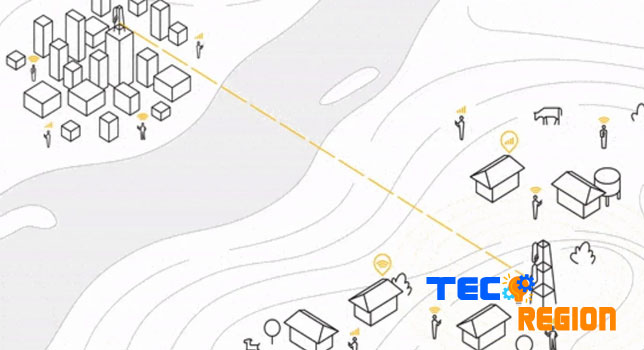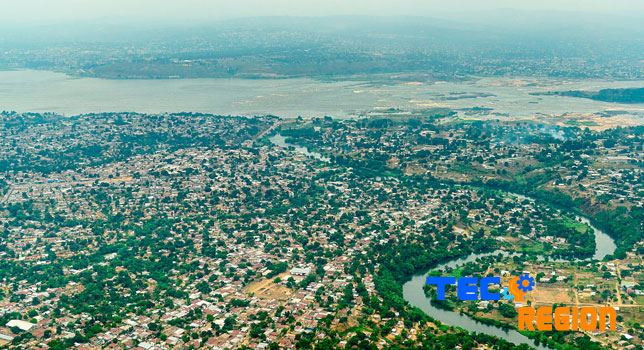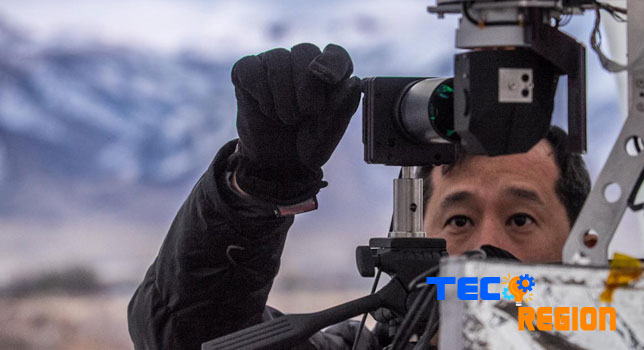High-speed internet through light rays in the airborne


A new way to deliver high-speed internet through light through the air has successfully transmitted data across the Congo River.
This means that citizens of Brazzaville and Kinshasa can get fast and cheap broadband. Project Tara is one of the so-called Mugshot concepts of the alphabet X (formerly Google X). It has grown from Project Loon, a broadband project that has since stopped using balloons in the stratosphere.
The latest test means that the gap between two African cities – Brazzaville in the Democratic Republic of the Congo and Kinshasa in the Democratic Republic of the Congo – has been filled, the party said in a blog post. The cities are only three miles away but they are difficult to connect because the traditional cable car has to run around the river, making broadband five times more expensive.

The Wireless Optical Communications (WOC) system has provided about te00 terabytes of data in 20 days with 9% availability.”While we don’t expect perfect reliability in all types of weather and conditions in the future, we are confident that Star Links will continue to deliver similar performance and play a key role in bringing faster, more affordable connections to 17 million people living in this city,” it blogs. Has been said. This is the latest iteration of the project which has been in development for three years. Working with X-Econet Group and Liquid Telecom to bring high-speed Internet to sub-Saharan Africa, it has embarked on a commercial journey in Kenya.
The system uses very narrowly, invisible rays of light to provide higher speeds, such as lightly used to carry conventional fiber information to the ground but without a cable cover. The technology, known as Free Space Optical Communications, was developed through experiments, which the team previously used in Project Loon, using beam lasers in balloons, which shut down the alphabet in February because it was no longer seen as commercially sustainable. This is not perfect and the team acknowledges that it will not provide full reliability in challenging situations, such as fog, mist, or when the bird will fly in front of the signal.

But it has been improved by adjusting the level of laser power transmission, which works somewhat like a telescope, depending on the beam, lights, software, and hardware to take the beam exactly where it is needed. The team also found ways to reduce errors due to obstacles like flying birds through the link. The blog says, “While places like foggy San Francisco may never be the perfect place to use WOC, there are many places around the world where the weather is perfect for star links.”
The technology has also been tested in Kenya, India, the United States, and Mexico.
Other projects are working to include the alphabet X :
- Minerals – Efforts to Develop New Technologies to Build a More Sustainable Food System
- Tides – looking at improving sea health
- Everyday Robot Project – The goal of creating robots that can be helpful in everyday life
